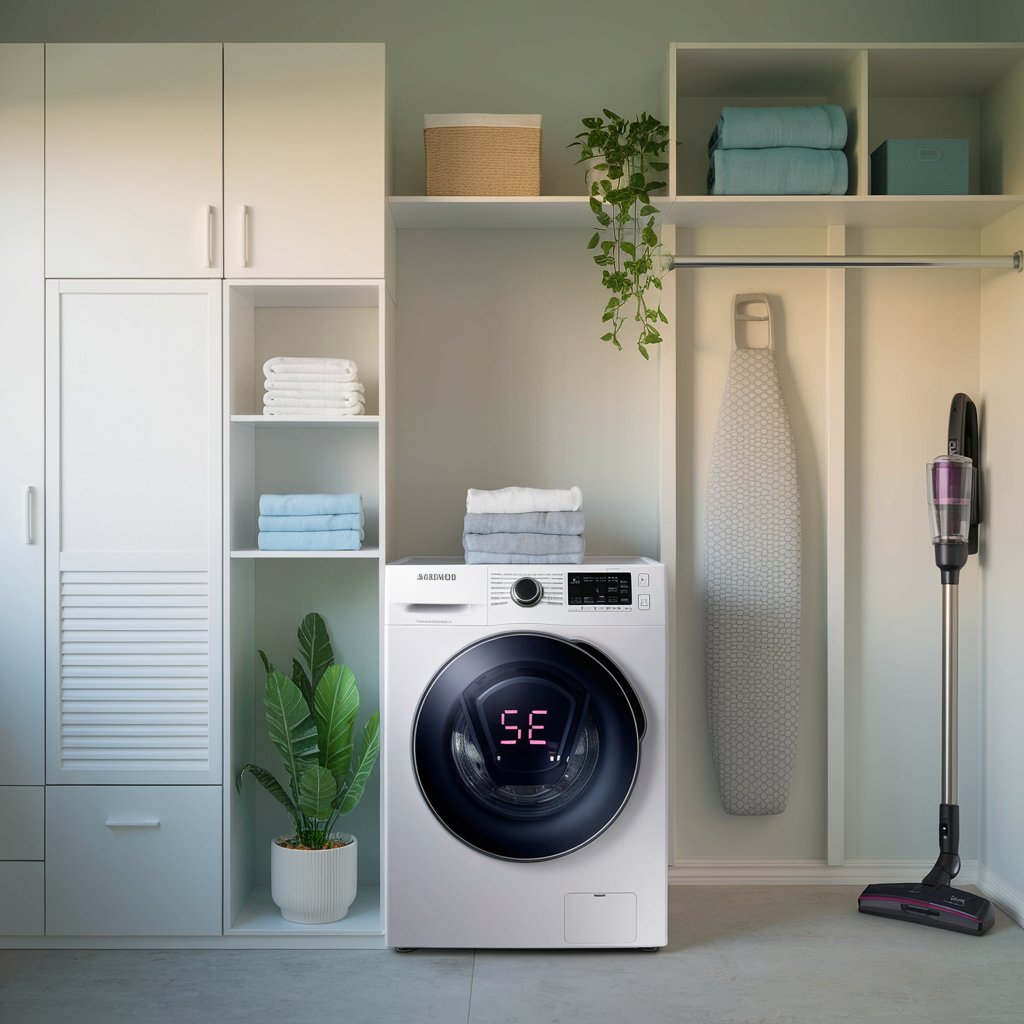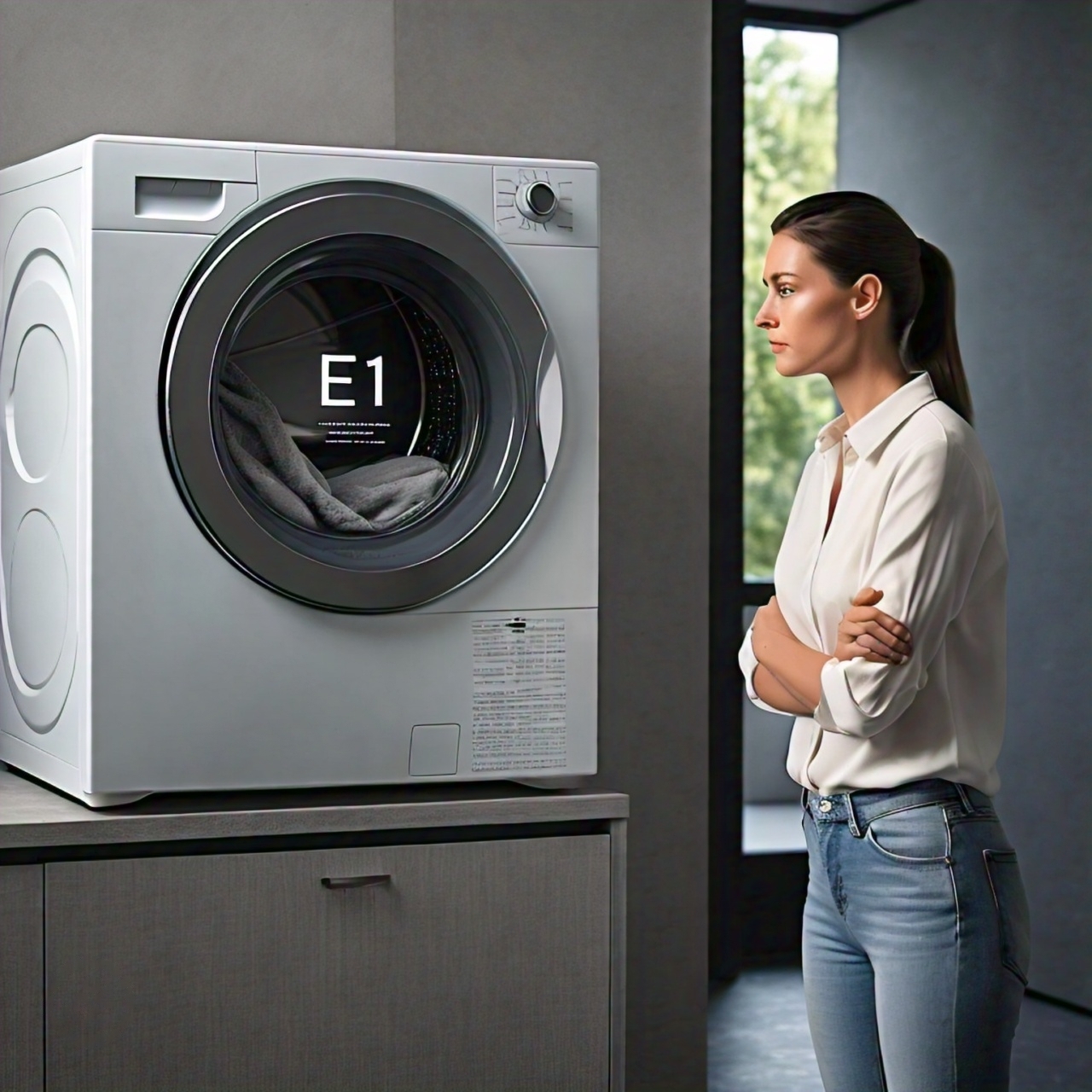

Imagine you’re in the middle of doing laundry, waiting for your clothes to get fresh and clean, when suddenly your washing machine stops and flashes E1 Error. If this scenario sounds familiar, you’re not alone. This error is more common than you’d think, and it can be both frustrating and confusing, especially when all you want is to finish your laundry.
The E1 error typically signals an issue with water supply or drainage. But don’t worry; fixing it isn’t as daunting as it might seem.
The E1 error doesn’t occur randomly. It’s the washing machine’s way of telling you something is wrong, usually related to water entering or exiting the machine. Washing machines are designed to make our lives easier, but they require water to function properly. If the machine can’t fill with water, drain correctly, or detects a blockage, it’ll stop the cycle and throw up an E1 Error.
This error message can easily disrupt your laundry schedule and add stress to your day. But the good news is that most of the causes behind it can be fixed with a bit of troubleshooting.
Let’s break down the most common reasons why this error occurs:
The most frequent culprit behind an E1 Error is insufficient water supply. Washing machines need a steady flow of water to operate correctly. If there’s a blockage, low water pressure, or even a kink in the hose, the machine won’t get the water it needs to function.
Sometimes, the error may be related to drainage. If the washing machine can’t empty itself after a cycle, it’ll flash an error code. This is often due to blockages in the drain hose or pump.
In more technical cases, the E1 error could point to faulty sensors inside the machine. These sensors are responsible for detecting the water level and ensuring the machine is running as it should. If these fail, the washing machine may mistakenly think there’s an issue, even if the water supply and drainage are fine.
Dealing with a washing machine issue can feel overwhelming, especially when you have loads of laundry piling up. But you don’t have to be a tech expert to fix an E1 error. Follow these simple steps to get your washing machine up and running again.
The first step is to ensure that water is entering your machine properly.
By ensuring your machine gets the proper amount of water, you might resolve the error without any further troubleshooting.
Next, take a look at the drainage system. Sometimes, water doesn’t exit the machine as quickly as it should, leading to the E1 error.
If the water supply and drainage system seem fine, the issue might lie with the machine’s internal sensors.
Prevention is always better than cure, especially when it comes to household appliances. Here’s how you can reduce the chances of encountering an E1 error again:
By staying on top of maintenance, you can ensure your washing machine keeps running smoothly for years to come.
Sometimes, despite your best efforts, you may not be able to resolve the E1 error on your own. In such cases, calling in a professional technician can save you time, effort, and frustration.
Here’s when you should consider professional help:
A professional can quickly diagnose the problem and ensure the repair is done correctly, preventing further damage to your machine.
The E1 error in a washing machine can be a hassle, but it’s often fixable with some basic troubleshooting. By checking the water supply, inspecting the drainage system, and resetting faulty sensors, you can get your machine running again in no time. Remember, regular maintenance goes a long way in preventing future errors, and when in doubt, don’t hesitate to call a professional.
Your washing machine is an essential part of your daily routine, and addressing issues like the E1 error quickly ensures that your laundry day remains stress-free and efficient.
